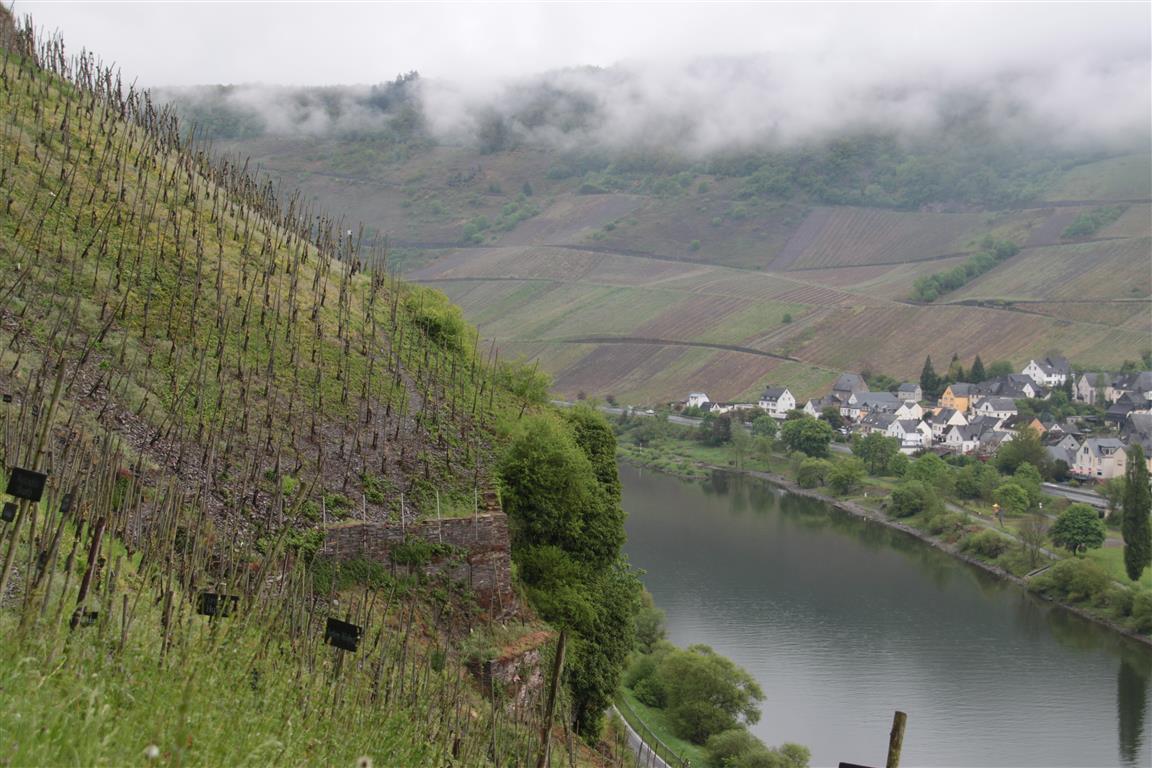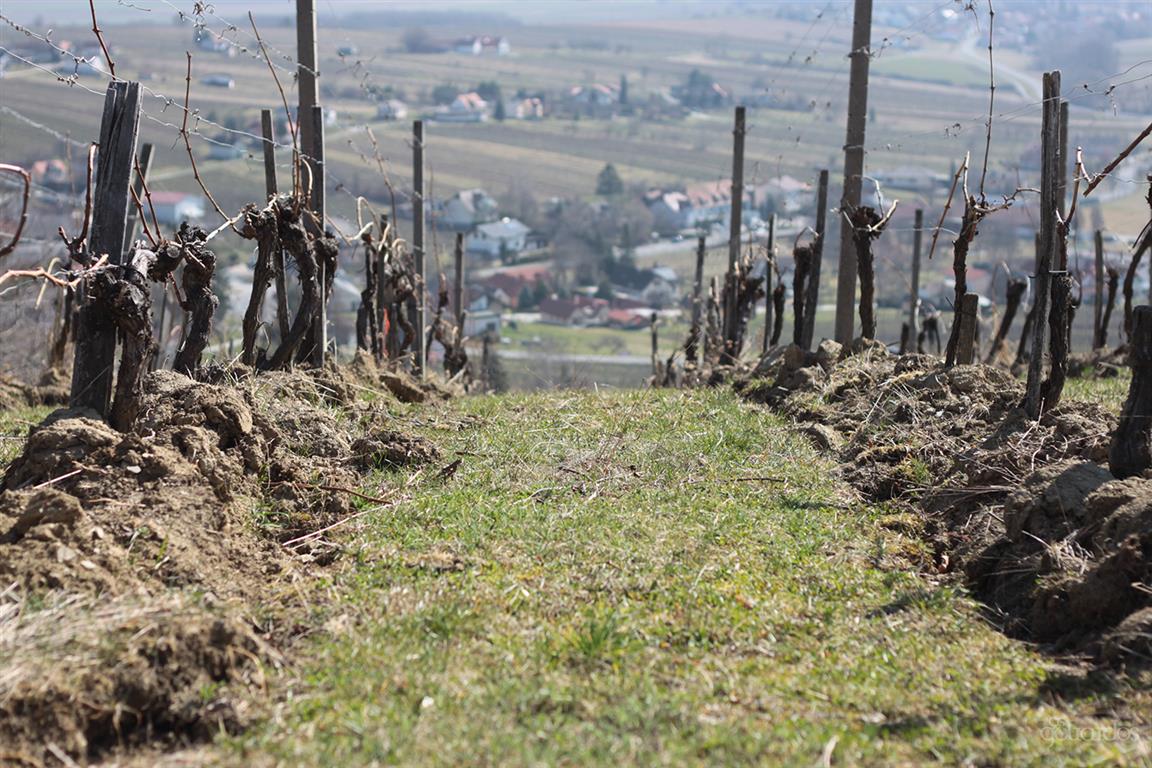Until October 31st, we’ll be celebrating autumn with a maceration of the last days of summer. From the freshness of central Europe, through the colorful schists of the Mosel, to the shales, sands, loesses and limestones of Burgenland, we’ll deepen the harmony between Rauschling and the familiar Traminer, with Grüner Veltliner, or Pinot, with Chardonnay and Weissburgunder (Pinot blanc), or the “other” Riesling in Welschriesling, which would be nothing like the previous one, were it not for its name.
You can check the wines on sale by downloading the list here Lista Os Goliardos Out 2023_PROMOCAO MOSEL E BURGENLAND_AFICIONADOS
During these two weeks, all white wines from Mosel, Germany, and Burgenland, Austria, will have a 5% discount, and orders over 150 euros will receive a 10% discount.
To buy these end-of-summer liqueurs, you can visit us in our garage (Mondays, Thursdays and Fridays from 4pm to 8pm) or place an order by sending the completed file to encomendas.goliardos@gmail.com.
From €60 onwards, we can deliver for free in the Lisbon area. For shipments outside Lisbon, the shipping price will be quoted after receiving the order with the address and telephone contact.
Below you’ll find some information about the regions and we hope you’ll find the thirst for Bacchus within you..

Mosel
The Mosel reveals human folly, the challenge faced with the inhospitable nature of overcoming difficulties and celebrating the cult of the vine on land that is unreasonable due to the difficulty of cultivation. It joins the group of heroic regions, which includes Ribeira Sacra, Douro, Côte Rôtie, Hermitage, Cornas and some areas of Saint-Joseph, Cinqueterre and Wachau. It is Germany’s 4th largest wine-growing region after Rhineland-Palatinate, Palatinate and Bade. Celebrated since the 4th century by the Roman poet Ausone, it is now, along with the Rheingau, the most famous wine-growing region in Germany for the quality of its Riesling-based whites. The area that concentrates the best wines stretches along the Mosel River over 65 km (from Trier to Koblenz in the north) of winding slopes of schist (blue, red, gray) and slate, incredibly steep, where viticulture is a mountain climbing activity. We are at the northern limit of vine cultivation and Riesling, the queen variety, needs poor, draining soils that accumulate heat and reflect light on the berries and sunny exposures to fully ripen. Its ripening cycle is late (120 days instead of the usual 100 days between flowering and harvest), which gives the best years a complexity and nuance that makes them unique wines. Like the panorama that leaves your mouth open, the wines produced in this context have something sharp about them and, at the same time, the fruit is fresh, spicy and lively, with a singular energy. After visiting the region, viticulture elsewhere seems like a respite.
White varieties: Riesling, Pinot Blanc, Pinot Gris, Gewurztraminer, Muller Thurgau, Elbling
Red varieties: Spatburgunder (Pinot Noir)

Burgenland
Situated on the border with Hungary, Burgenland is a flat, open region, with slight hills, around Lake Neusiedl which provides a warm and humid climate in summer, as well as bathing tourism in the region. Being a region of high temperatures within Austria, this is where the country’s red wines are made. It belonged to Hungary until 1921 and was occupied from World War II until 1956. Separation from the eastern markets (Russia, Poland, Hungary) led to the region’s decline. Not part of the noble and recognized regions of the Niederösterreich, west of Vienna, such as Wachau, Burgenland has recently become a region with dynamism for small winemakers of the natural movement, with more accessible wines and character.
Sub-regions:
Two of the 4 sub-regions are located around Lake Neusiedl but with very different characteristics:
- The north-eastern and eastern parts of the lake have sandy soils and extensive flat land which make for easier, fruitier wines that can quickly rise in sugar. The south-eastern part is more prone to botrytis and is famous for its liqueur wines.
- The northwest with the Leitha mountain (Leithaberg) has poorer soils and slopes that mix shale at the top and limestone of maritime origin at the bottom.
- Mittelburgenland, which extends the Leithaberg to the south, is the historical home of Blaufrankisch, with loess and limestone soils that produce powerful, long-lived wines.
- Finally, the Eisenberg, further south on the border with Styria and close to Hungary, has ferrous soils and a mixture of schist and limestone, with a cooler climate at night which leads to slower ripening as in the Leithaberg.
Overall there are 16,000 hectares planted, about half of which is in Niederösterreich, which includes Wachau, Kremstal, Wagram and Kamptal. It has a wide variety of grape varieties, including Grüner Veltliner, the most widely planted grape variety in the country, which occupies only 1/5 of the area here. This is a region more dedicated to reds and late harvests (in the south-eastern part with higher humidity which generates more Botrytis), with the predominance of the red grape varieties Blaufränkisch, Sankt Laurent, Zweigelt (a cross of the first two), Pinot noir, Merlot and Cabernet-Sauvignon and the whites Welschriesling, Weissburgunder (Pinot blanc), Muskateller, Chardonnay, Roter Traminer. The reds are mostly single varietals, except for a few lots in each producer’s entry-level range or in the Pannobile range. It’s a region that has provided beautiful discoveries and wines of surprising balance that express an originality that is always welcome when we want to taste the diversity of the world. Some of the region’s classics show the region’s quality and ageing potential.
White varieties: Neuburger, Weissburgunder, Chardonnay, Welschriesling, Gruner Veltliner, Pinot Blanc, Scheurebe
Red varieties: Blaufrankisch, Sankt Laurent, Zweigelt, Pinot Noir, Traminer